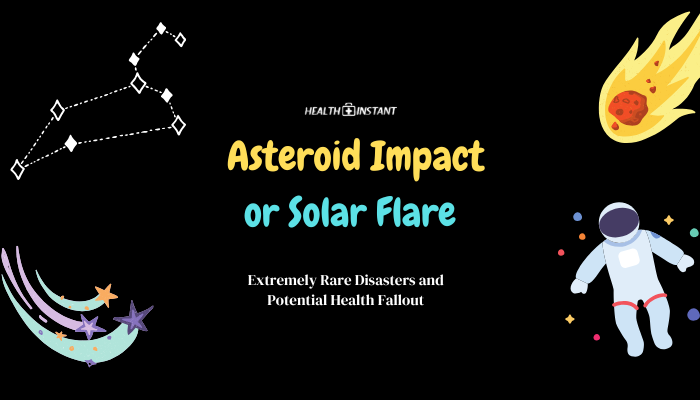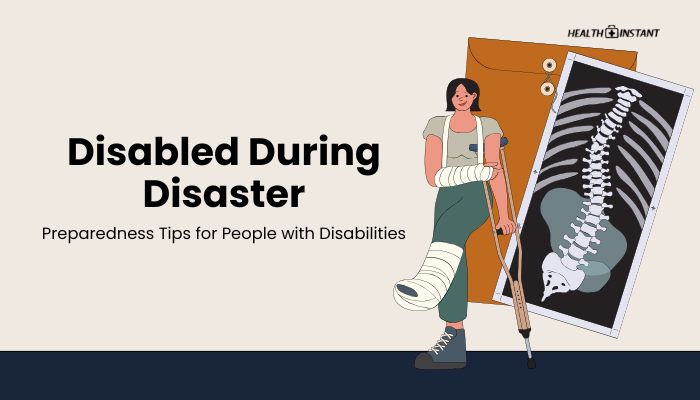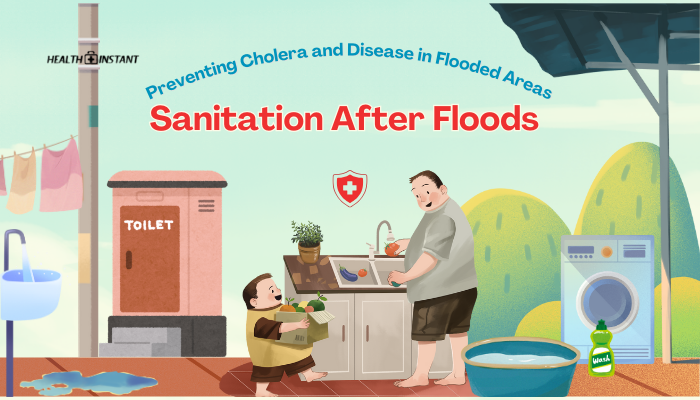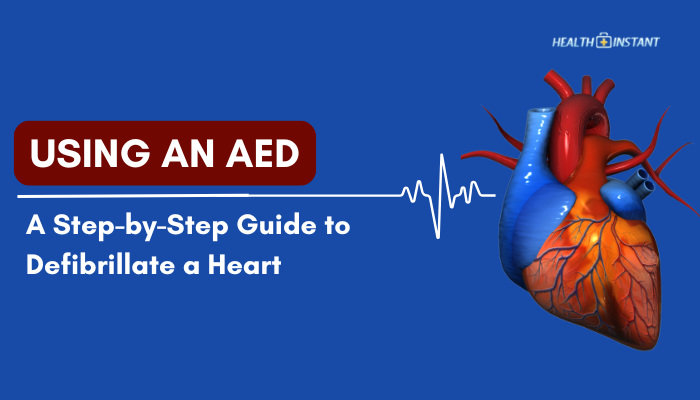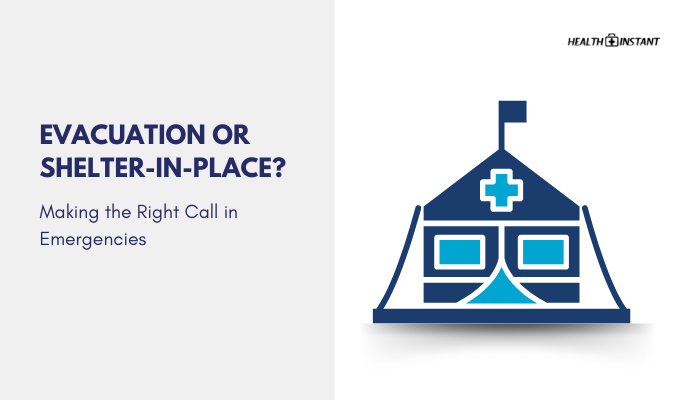Introduction
While disasters like earthquakes, hurricanes, or outbreaks occur more often, public concern occasionally turns to extreme events like an asteroid impact or a massive solar flare. Although these scenarios are incredibly rare, understanding their potential health consequences helps guide preparedness strategies—whether on an individual or governmental level.
This guide breaks down the hazards each event might pose, how they impact human health, and what steps can be taken to mitigate risks.
Asteroid Impacts: Rarity and Potential Effects
Collision Consequences
- Impact Crater and Shockwaves
- A large asteroid collision could create massive explosions, leveling structures over vast areas.
- A large asteroid collision could create massive explosions, leveling structures over vast areas.
- Global Climate Disruption
- Dust and debris thrust into the atmosphere could block sunlight, affecting agriculture (“impact winter”).
- Dust and debris thrust into the atmosphere could block sunlight, affecting agriculture (“impact winter”).
- Secondary Effects
- Tsunamis if the asteroid hits oceans; widespread fires from the initial blast.
Historical Evidence
- Dinosaurs’ Extinction
- Often attributed to a massive asteroid (Chicxulub event) 66 million years ago.
- Often attributed to a massive asteroid (Chicxulub event) 66 million years ago.
- Tunguska Event (1908)
- A smaller cosmic body that flattened a Siberian forest, illustrating potential localized devastation.
Solar Flares: Severity and Health Risks
Electromagnetic Pulses (EMP)
- Grid Disruptions
- Strong coronal mass ejections (CMEs) can knock out satellites, electrical grids, and communication networks.
- Strong coronal mass ejections (CMEs) can knock out satellites, electrical grids, and communication networks.
- Societal Impact
- Power outages hamper water supplies, hospital functions, and other critical infrastructures.
Radiation Exposure
- Astronauts and High Flyers
- Solar storms pose heightened risk for space crews or high-altitude flights.
- Solar storms pose heightened risk for space crews or high-altitude flights.
- Ozone Depletion
- Extremely powerful solar events might marginally affect Earth’s upper atmosphere, potentially impacting radiation at ground level.
Potential Health Fallout
Respiratory Issues from Debris
- Asteroid Impact Dust
- Particulate-laden air could aggravate asthma or other lung conditions and might carry toxins.
- Particulate-laden air could aggravate asthma or other lung conditions and might carry toxins.
- N95 Masks
- If available, they can filter out smaller particles during post-impact cleanups.
Psychological Stress and Trauma
- Long-Term Anxiety
- Ongoing disruptions or fear of repeat events can drive emotional toll.
- Ongoing disruptions or fear of repeat events can drive emotional toll.
- Survivor’s Guilt
- If the event causes high casualties, mental health services become crucial.
Radiation Sickness
- In Solar Storms
- While rare for ground-level exposure, extremely intense events might expose certain groups (e.g., pilots, astronauts) to higher cosmic radiation.
- While rare for ground-level exposure, extremely intense events might expose certain groups (e.g., pilots, astronauts) to higher cosmic radiation.
- Symptoms
- Nausea, fatigue, or more severe complications depending on dose level.
Preparedness and Protective Measures
Monitoring and Early Warnings
- Space Agencies
- NASA or ESA track near-Earth objects (NEOs) to forecast potential collisions.
- NASA or ESA track near-Earth objects (NEOs) to forecast potential collisions.
- Solar Observatories
- Real-time solar storm tracking for advanced warnings of CME arrivals.
Building Resilient Infrastructure
- Hardening the Power Grid
- Surge protectors, backup transformers, or grounding strategies reduce grid vulnerability to EMPs.
- Surge protectors, backup transformers, or grounding strategies reduce grid vulnerability to EMPs.
- Dust/Ash Contingency
- Structures can incorporate air filtration or protective ventilation designs for post-impact scenarios.
Personal Preparedness Steps
- Emergency Kits
- Food, water, basic medical supplies, communication tools.
- Food, water, basic medical supplies, communication tools.
- Evacuation Plans
- Know safe routes if local or regional threats occur (e.g., catastrophic floods triggered by an oceanic impact).
- Know safe routes if local or regional threats occur (e.g., catastrophic floods triggered by an oceanic impact).
- Protective Clothing
- If severe dust or ash is likely, keep respirators or goggles accessible.
Government and Global Response Plans
International coalitions—like the U.N. Office for Outer Space Affairs or global scientific networks—coordinate efforts to:
- Detect and Possibly Deflect
- Early detection might allow for space missions aimed at altering an asteroid’s path.
- Early detection might allow for space missions aimed at altering an asteroid’s path.
- Emergency Protocols
- National governments draft plans to manage mass evacuations, ration supplies, or dispatch medical teams in large-scale solar flare blackouts.
Conclusion
Asteroid strikes and massive solar flares are rare but potentially catastrophic. Studying their historic occurrences and scientific models highlights the scope of damage and underscores the need for preparedness at multiple levels—government, infrastructure, and personal.
By investing in advanced detection technologies, reinforcing critical systems, and learning best practices for self-reliance, societies can better navigate these extreme scenarios. While the probability of such events remains low, readiness reduces the element of surprise and improves resilience if nature or space takes an unexpected turn.
References
- NASA Near-Earth Object Program. (2021). Tracking asteroids and comets.
- National Aeronautics and Space Administration (NASA). (2020). Understanding solar flares and CMEs.
- World Health Organization (WHO). (2022). Health guidelines for large-scale disasters.
- Federal Emergency Management Agency (FEMA). (2019). Catastrophic disaster response strategies.
Disclaimer: This content is informational only. Official guidelines or local authority advisories should be consulted for specific risk assessments and response plans.

